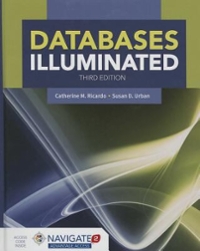Question
Consider machine M = (Q, , , d, q0, qaccept, qreject), where Q ={qo, q1, q2, qaccept, qreject}, = {0, 1}, = {0, 1, U},
Consider machine M = (Q, , , d, q0, qaccept, qreject), where Q ={qo, q1, q2, qaccept, qreject}, = {0, 1}, = {0, 1, U}, and transition function d is defined as follows: (q0, 0) = (q1, 0, R) (q0, 1) = (q0, 1, L) (q0, U) = (q0, U, R) (q1, 0) = (q1, 0, R) (q1, 1) = (q1, 1, R) (q1, U) = (q2, U, L) (q2, 0) = (qreject, U, R) (q2, 1) = (qaccept, U, R) (q2, U) = (q2, U, R) (a) Prove that M is NOT a decider. (b) Describe in mathematical terms the language L that M recognises, and verify your answer, ie prove that L = L(M). (c). Is L Turing-decidable? [No need to give a formal proof, but provide clear reasons for your answer.]
Step by Step Solution
There are 3 Steps involved in it
Step: 1

Get Instant Access to Expert-Tailored Solutions
See step-by-step solutions with expert insights and AI powered tools for academic success
Step: 2

Step: 3

Ace Your Homework with AI
Get the answers you need in no time with our AI-driven, step-by-step assistance
Get Started


